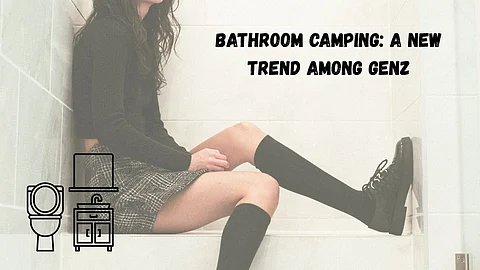Bathrooms offer a rare combination of privacy, acoustic isolation, lockable doors, and a break from social performance.
Videos on social media show users turning bathrooms into personal havens—listening to music, watching reels, vaping, or simply zoning out.
Architectural experts note that bathrooms function as micro‑havens—quiet, controllable spaces that allow for sensory buffering when life feels hectic.
As one commenter put it: “My bathroom has always been my safe space and the first thing I check when moving to a new place for comfort.”


